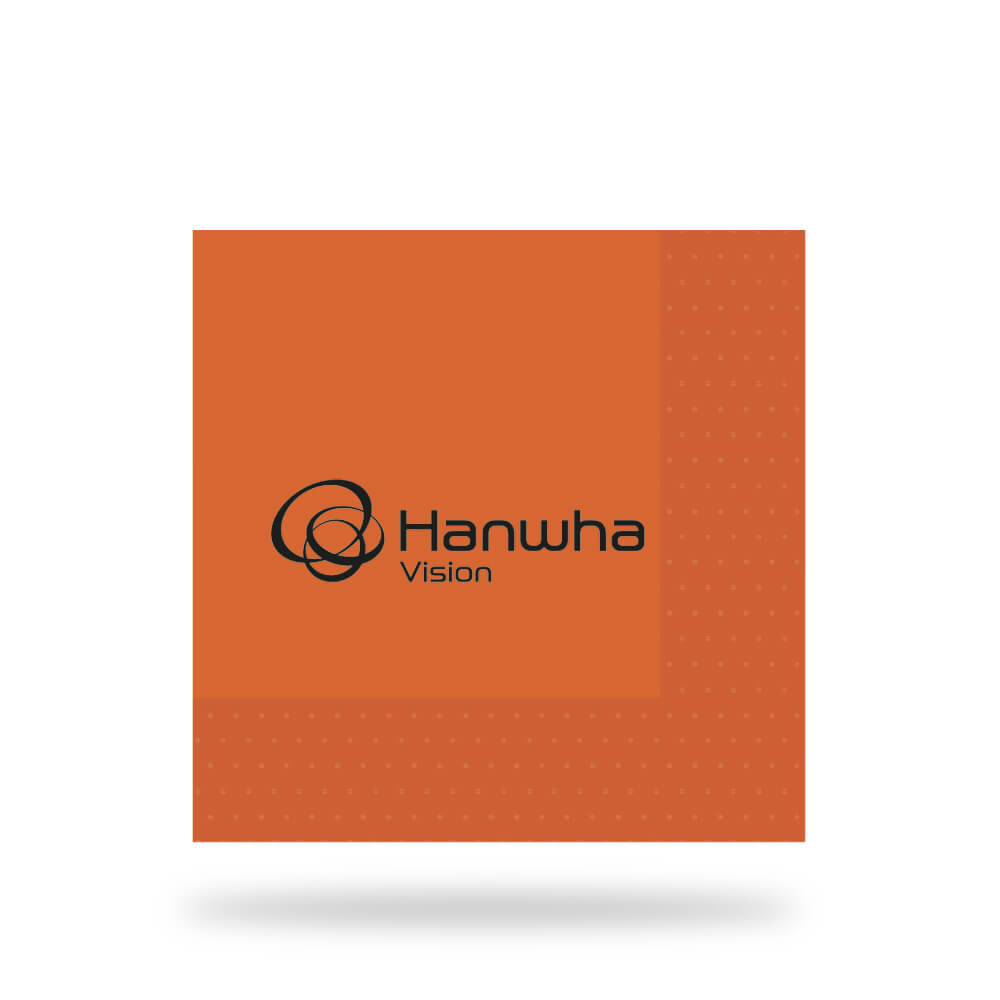The Evolution of Tissue Wrapping Paper Printing
Tissue wrapping paper has become an essential component of packaging and gift-giving, providing an elegant cover that enhances the presentation of products. The art of printing on tissue paper has evolved significantly, driven by advancements in technology, increased consumer demand for customization, and a growing emphasis on sustainability. This article explores the history, techniques, and future prospects of tissue wrapping paper printing.
Historical Background
Tissue paper itself has a long-standing history, dating back to ancient China, where it was originally used for wrapping and protection. The introduction of printing technologies in the Industrial Revolution paved the way for decorative prints on various paper products. However, it wasn’t until the late 20th century that tissue wrapping paper began to gain popularity for commercial use, particularly in the gifting industry. This phase was marked by simple, colorful designs that appealed mainly to consumers looking for aesthetically pleasing ways to wrap gifts.
Modern Printing Techniques
Today, various advanced printing techniques are utilized to produce vibrant and intricate designs on tissue wrapping paper. Digital printing is one of the most widely adopted methods due to its versatility and efficiency. This technology allows for short print runs, making it economically feasible for businesses to offer customized designs. The ability to print high-resolution images in full color has dramatically enhanced the visual appeal of tissue paper, allowing brands to reflect their identities through unique patterns and graphics.
Another popular technique is flexographic printing, which is well-suited for large-scale production. Flexography uses flexible relief plates, allowing for fast printing speeds and the capability to print on various substrates. This method is highly efficient for mass production and is often used for bulk packaging needs.
Furthermore, screen printing offers a tactile quality that digital and flexographic printing cannot match. This method involves pushing ink through a mesh screen onto the paper, resulting in vibrant colors and textures. Screen printing is particularly effective for special editions and high-end products, as it creates a rich, layered effect.
tissue wrapping paper printing

Customization and Consumer Demand
As consumer preferences shift towards personalized experiences, the demand for customized tissue wrapping paper has surged. Brands are increasingly leveraging printing technologies to offer bespoke solutions tailored to individual consumer needs. Customizable options range from adding a logo to creating a unique design that resonates with a specific occasion, such as weddings, birthdays, or holidays.
Online platforms have emerged, allowing consumers to design their tissue wrapping paper within minutes. These platforms often feature user-friendly design tools, enabling customers to upload personal images or choose from a library of pre-made designs. This democratization of design not only enhances the gifting experience but also promotes the use of tissue paper as a creative expression of personal style.
Sustainability in Printing
With the growing awareness of environmental issues, the conversation around sustainable packaging has intensified. Tissue wrapping paper printing is no exception. Many manufacturers are adopting eco-friendly inks and sustainable sourcing practices to reduce their carbon footprint. Water-based inks, which are less harmful to the environment than traditional solvent-based options, are gaining popularity in the industry. Additionally, the use of recycled tissue paper is being encouraged, as it minimizes waste and promotes circularity in packaging.
Brands that prioritize sustainability in their products often appeal to environmentally conscious consumers. This shift not only reflects a commitment to better practices but also aligns with modern consumer values that favor transparency and responsibility.
Conclusion
The printing of tissue wrapping paper has come a long way from its humble beginnings. With modern technologies, customization options, and a strong focus on sustainability, the industry is well-positioned for growth. As consumers continue to seek innovative ways to express creativity through packaging, tissue wrapping paper printing will undoubtedly play a pivotal role in the future of gift-giving and product presentation. The ability to blend aesthetic appeal with environmental consciousness will set the tone for the next era of tissue wrapping paper, ensuring it remains a cherished component of celebrations worldwide.



